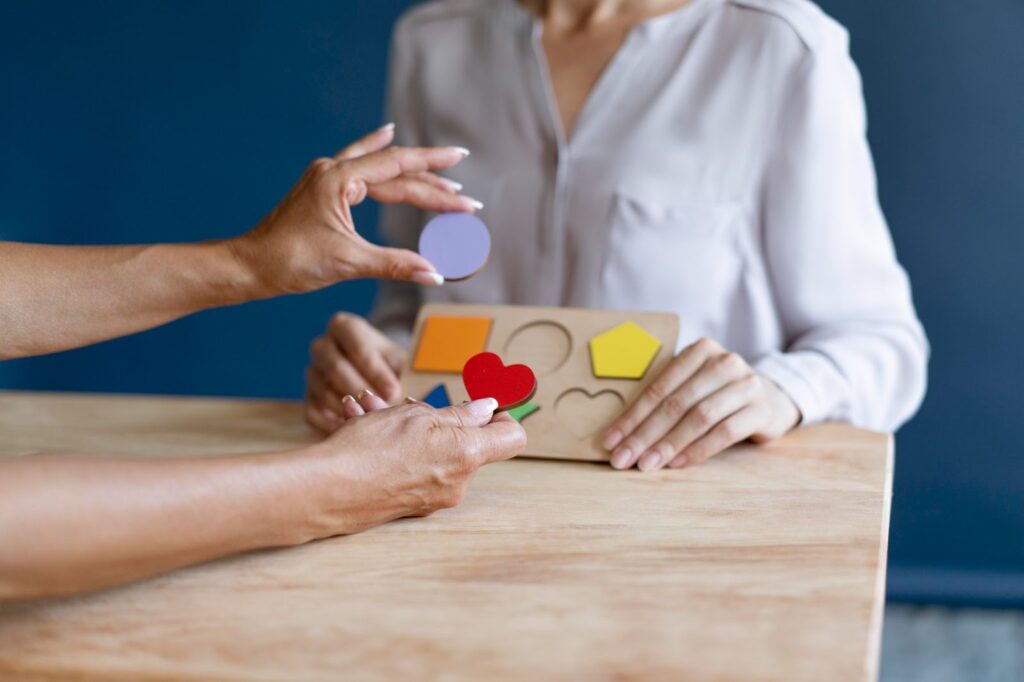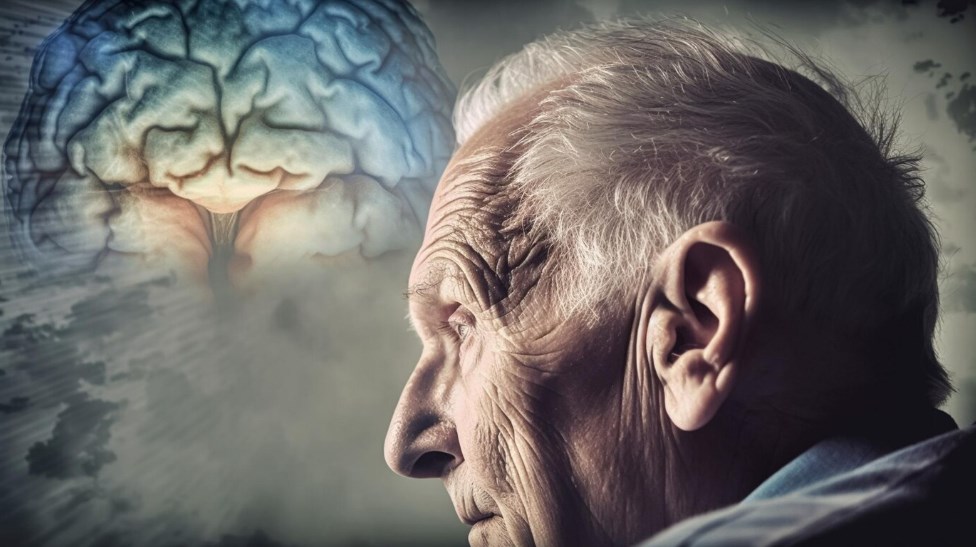Welcome to a world where minds thrive, memories sparkle, and connections flourish. Cognitive Stimulation Therapy (CST) is a captivating voyage into the realms of mental acuity and social engagement, offering individuals with cognitive impairments a lifeline to enriching experiences and a profound sense of community.
In this exploration, we invite you to uncover the treasures of CST, from foundational sessions to a wealth of creative and stimulating additions. Delve into the heart of cognitive wellness as we guide you through a spectrum of sessions, each designed to captivate, inspire, and elevate. Join us as we embark on a journey to unlock the potential of every mind, fostering a tapestry of memories and connections that transcend limitations. It’s time to unlock the door to a brighter, more engaging world of cognitive enrichment.
Enhancing Your CST Sessions for a Memorable Experience
Creative and Stimulating CST Sessions
Engaging in Cognitive Stimulation Therapy (CST) can be a transformative experience for individuals dealing with cognitive impairments or memory loss. CST sessions offer a holistic approach to mental stimulation and social engagement. To ensure that each session is not only effective but also enjoyable, it’s crucial to incorporate a variety of engaging activities. Let’s explore how to create vibrant CST sessions that captivate participants and enhance their cognitive abilities.
1. The Power of Themes
In CST, every session revolves around a particular theme. These themes serve as anchors for the group and provide a sense of continuity. However, it’s important to allow participants to have a say in choosing themes to cater to their interests. Here are some ideas:
- Nature and the Outdoors: Explore nature-themed sessions, discussing flora and fauna, or even bringing in potted plants;
- Travel Memories: Encourage participants to share their travel experiences and preferences, sparking nostalgic conversations;
- Arts and Crafts: Incorporate hands-on activities like painting, pottery, or simple DIY projects to boost creativity.
2. Group Identity and Warm-Up Activities
Creating a sense of belonging is vital in CST. Members can give the group a name, fostering a strong group identity. Additionally, utilizing the same warm-up activity at the beginning of each session helps participants ease into the session. Consider these warm-up activities:
- Memory Games: Play games like “I Spy” or “20 Questions” to engage participants and stimulate their memory;
- Storytelling: Encourage individuals to share personal anecdotes related to the session’s theme, fostering a sense of community.
3. Reality Orientation (RO) Board
A Reality Orientation (RO) board is a valuable tool for CST sessions. It contains essential information about the group, such as members’ names, the session’s theme, and key details. Here’s how to make it even more effective:
- Visual Appeal: Use bright colors, large fonts, and images to make the RO board visually appealing and easy to read;
- Interactive Elements: Incorporate touch-and-feel elements, like textured materials or velcro, to encourage tactile engagement.
4. Theme Songs for Emotional Connection
Including a theme song can enhance the emotional connection within the group and evoke memories related to the theme. Choose songs that resonate with the participants and play them at the beginning or end of each session. Consider songs that are iconic for different eras, evoking nostalgia.
5. Recommended Equipment and Preparation
Certain equipment can elevate the quality of your CST sessions. Here’s a list of items that may be beneficial:
- Memory Aids: Provide memory aids like cue cards with prompts related to the theme;
- Sensory Props: Incorporate sensory props like scented oils or textured objects to engage multiple senses;
- Assistive Technology: Explore the use of tablets or interactive apps designed for cognitive stimulation.
6. Diverse Session Topics
To keep participants engaged and prevent monotony, offer a wide range of session topics. Here are some ideas to consider:
- Childhood Memories: Encourage reminiscing about childhood experiences, including favorite toys, games, and school days;
- Current Affairs: Stay connected to the present by discussing current events, fostering a sense of relevance;
- Word Games: Engage in word associations, crossword puzzles, or riddles to stimulate cognitive function;
- Number Games: Incorporate numeracy with activities like Sudoku or simple math challenges.
7. Team Engagement with Quizzes
Wrap up your CST sessions with a team quiz related to the theme. This not only reinforces learning but also encourages teamwork and healthy competition.
Unlocking the Potential of Additional CST Sessions
In the world of Cognitive Stimulation Therapy (CST), the journey is ever-evolving, offering exciting opportunities for growth and enrichment. Building upon the foundation of our previous discussion, let’s delve into the realm of additional CST sessions outlined in our second manual. These sessions promise to add a new dimension to your cognitive stimulation programs, fostering creativity and deepening engagement.

1. Useful Tips: Unlocking Practical Wisdom
The “Useful Tips” session is a practical gem in the CST treasure trove. Here, participants can share their life hacks, knowledge, and practical wisdom. This not only stimulates memory but also encourages a sense of empowerment and contribution. Tips can cover various aspects of daily life, from cooking tricks to gardening secrets. Here are some suggestions:
- Memory-Boosting Techniques: Share memory-enhancing techniques like mnemonic devices or memory palaces;
- Household Hints: Exchange useful tips for household chores or organization;
- Cooking Secrets: Discuss favorite recipes or cooking shortcuts that make life in the kitchen easier.
2. Thinking Cards: A Mental Workout
Thinking Cards are a fantastic way to challenge cognitive abilities and spark meaningful conversations. This session involves using a set of cards, each featuring a thought-provoking question or scenario. Participants take turns drawing cards and sharing their thoughts, encouraging critical thinking and social interaction. Consider these ideas:
- Question Categories: Create cards with categories like “Life Philosophy,” “Travel Adventures,” or “Dreams and Aspirations” to diversify discussions;
- Storytelling: Encourage participants to build stories around the scenarios presented on the cards, fostering creativity;
- Emotional Intelligence: Include cards that prompt discussions on emotions, empathy, and personal experiences, promoting emotional well-being.
3. Art Discussion: A Journey Through Creativity
Art has the power to transport us to different worlds and evoke profound emotions. The “Art Discussion” session taps into this transformative potential by exploring various art forms. Participants can examine paintings, sculptures, or even engage in art creation themselves. Here’s how to make this session truly enriching:
- Art Appreciation: Choose renowned artworks and guide participants through discussions about the artist’s life, style, and the emotions the piece conveys;
- Hands-On Art: Provide art supplies and encourage participants to create their own art, fostering self-expression and boosting self-esteem;
- Art History: Take a trip through art history by exploring different art movements and their impact on society and culture.
4. Visual Clips: A Window to the World
“Visual Clips” sessions offer a captivating audio-visual experience that transcends traditional discussions. Participants watch short video clips or documentaries related to various themes. This approach taps into multiple senses, enriching the cognitive stimulation process. Consider these insights:
- Thematic Variety: Choose clips that align with your session theme, whether it’s nature, history, or personal stories;
- Discussion Prompts: Prepare discussion questions to encourage participants to share their thoughts and reactions to the visual content;
- Guest Speakers: Occasionally, invite experts or enthusiasts to discuss the clips and provide deeper insights.
5. Household Treasures: Unearthing Memories
In the “Household Treasures” session, participants dive into their own personal history by sharing stories and memories associated with cherished household items. This session not only sparks nostalgia but also fosters connections among group members. Here are some ideas:
- Show and Tell: Ask participants to bring in a meaningful item from their homes and share the story behind it;
- Family Heirlooms: Explore the significance of heirlooms and family traditions, promoting intergenerational conversations;
- DIY Projects: Encourage participants to craft or decorate items during the session, creating new cherished objects with their own hands.
Conclusion
In conclusion, CST sessions can be a transformative experience for individuals with cognitive impairments. By incorporating engaging themes, group identity, sensory elements, and interactive activities, you can create memorable and effective sessions that enhance cognitive abilities, boost morale, and foster a sense of community among participants. Remember that the key is to adapt and tailor these strategies to the unique preferences and needs of your group.



